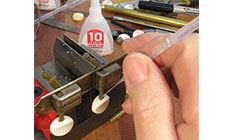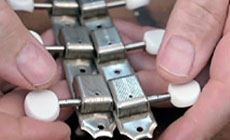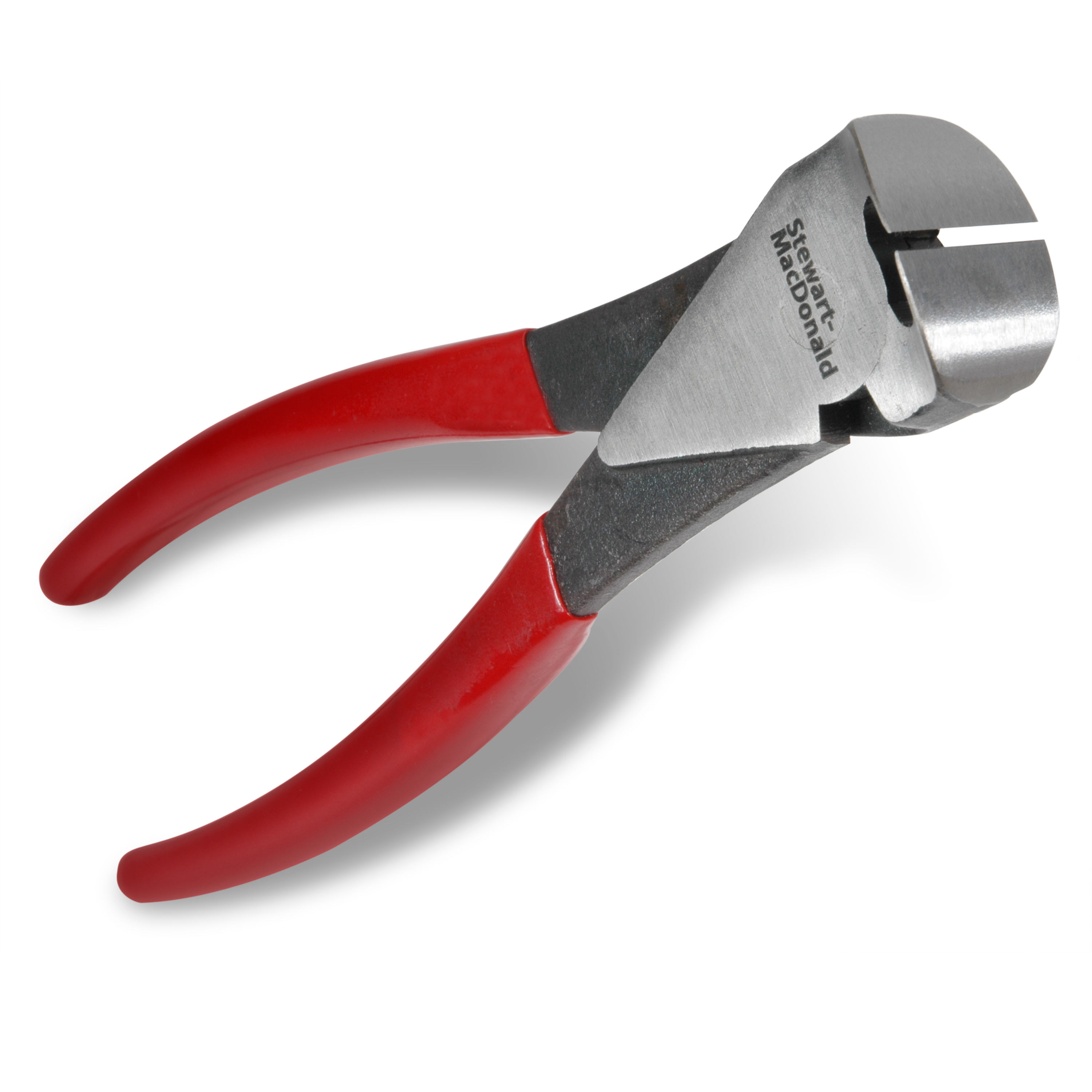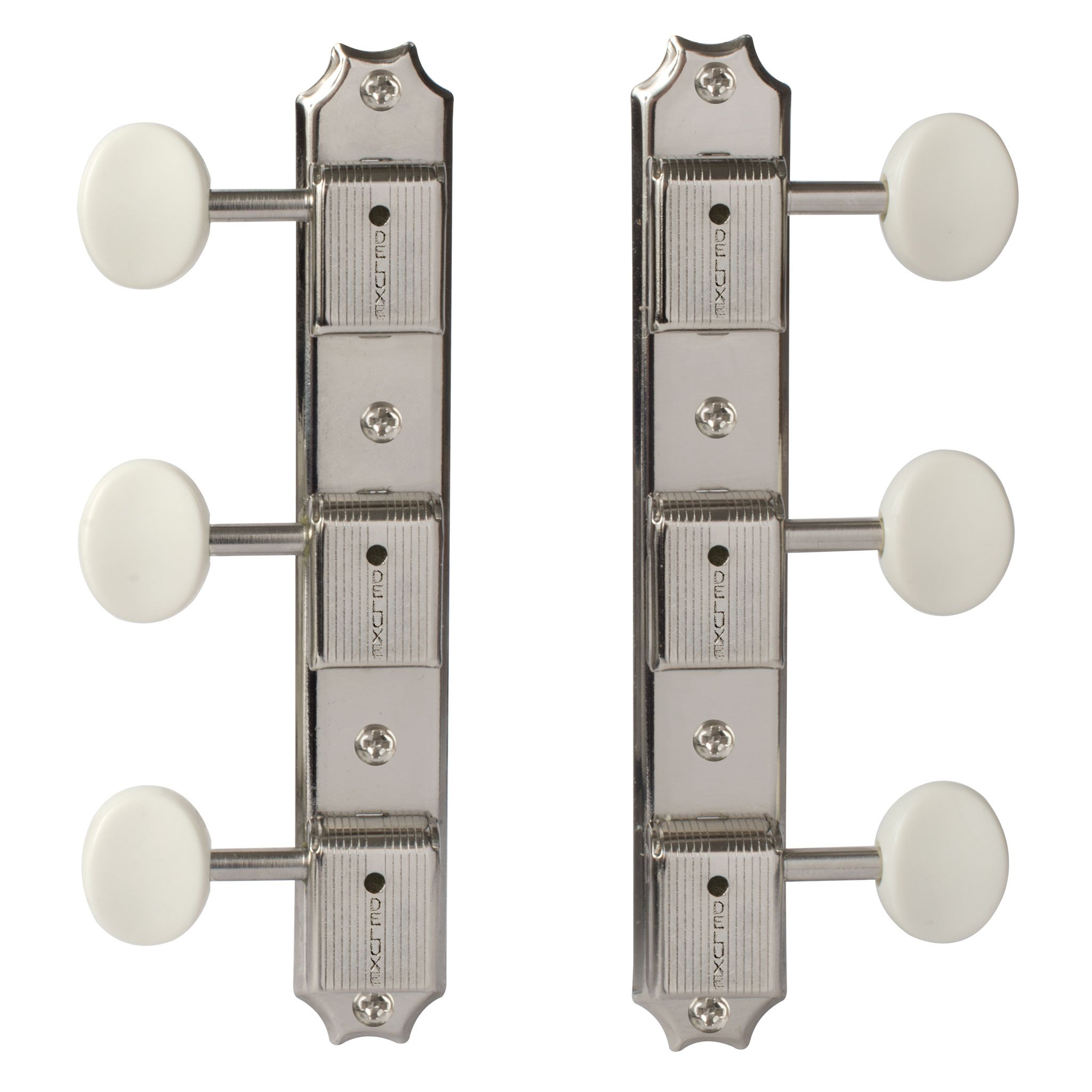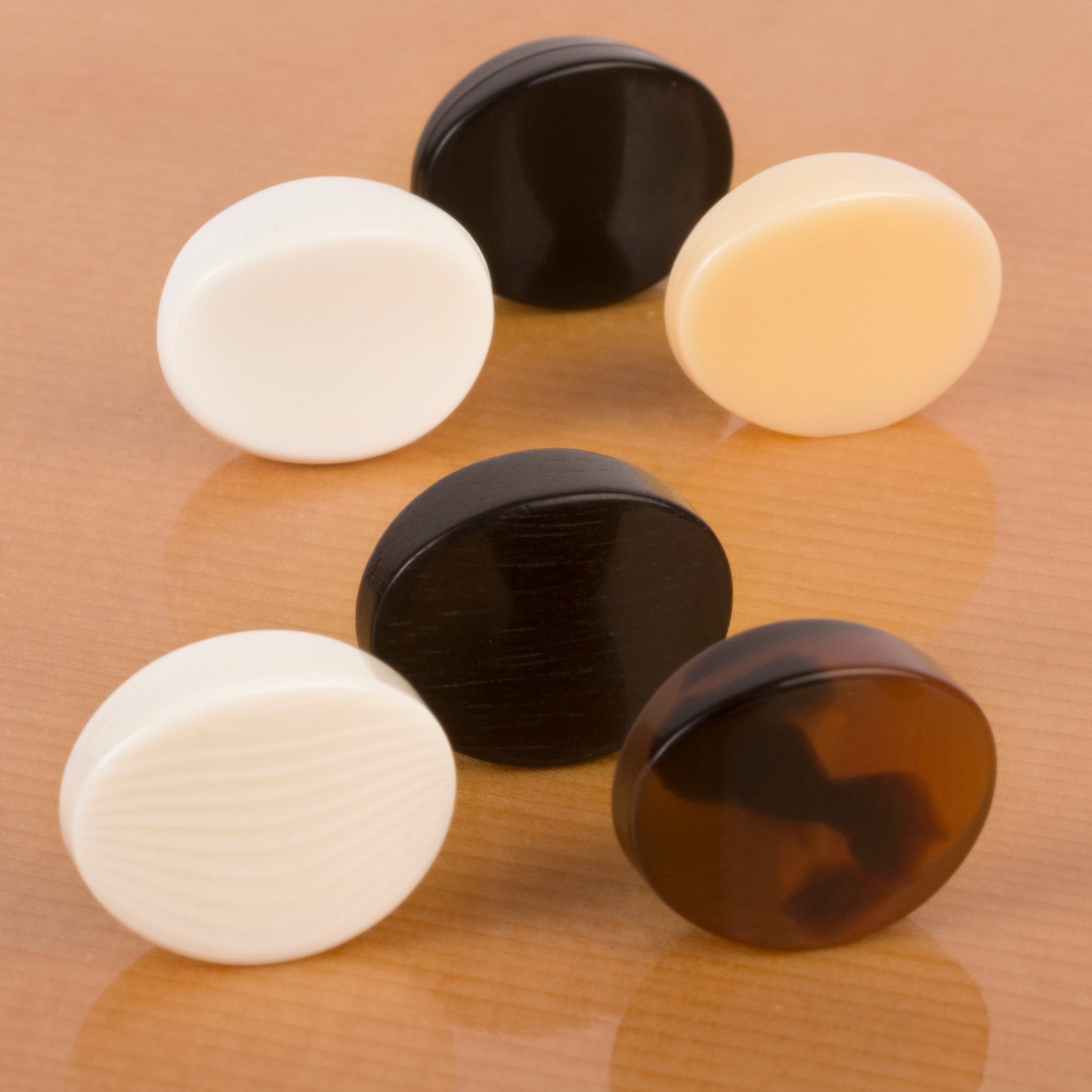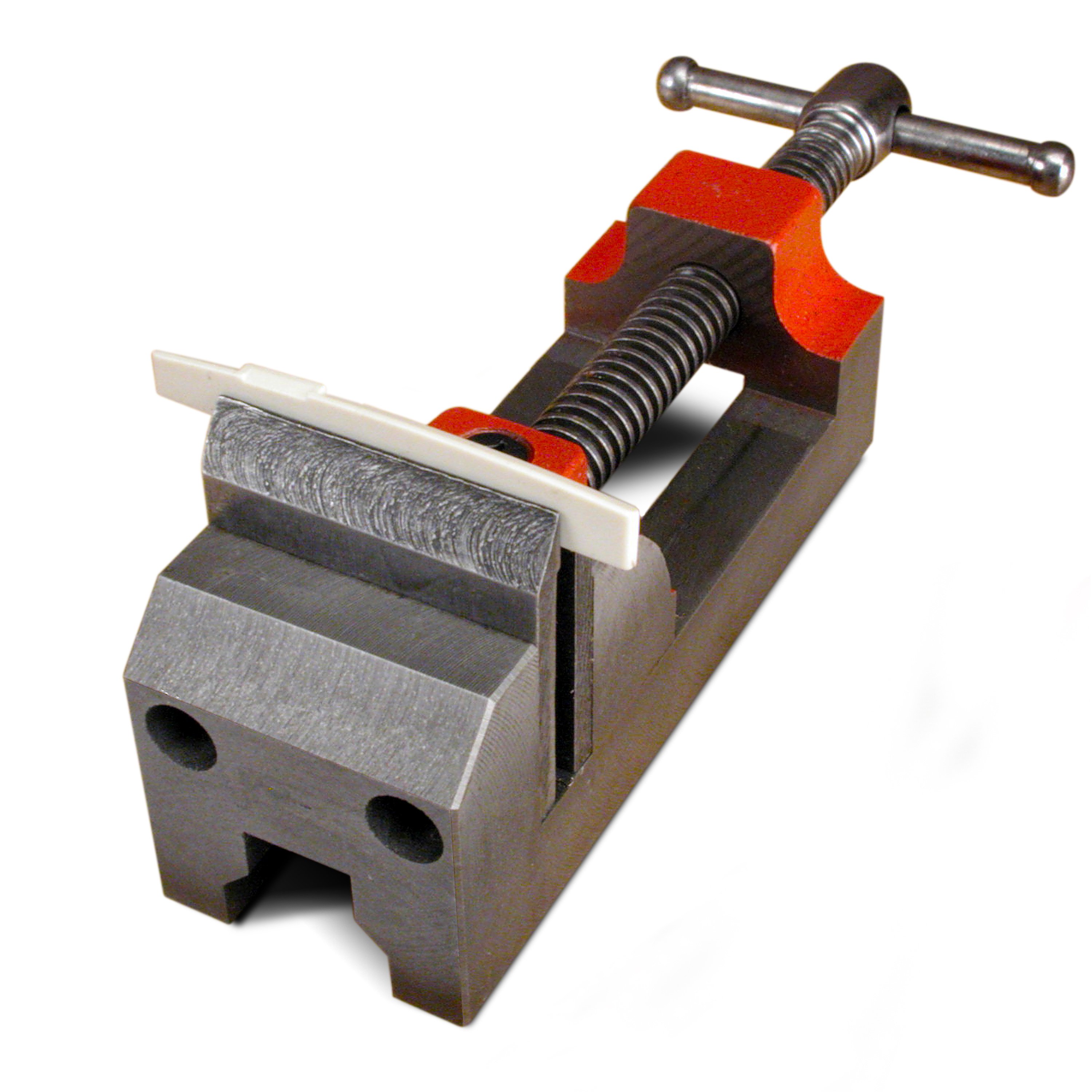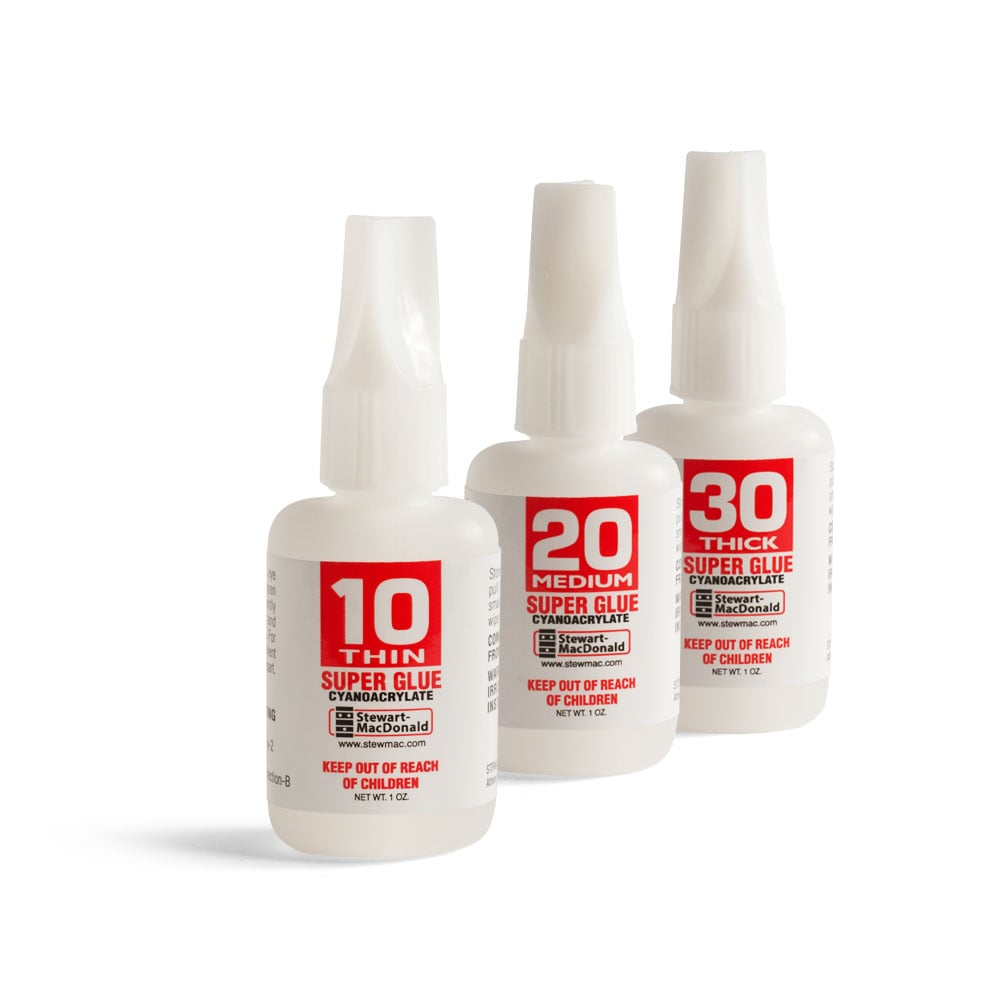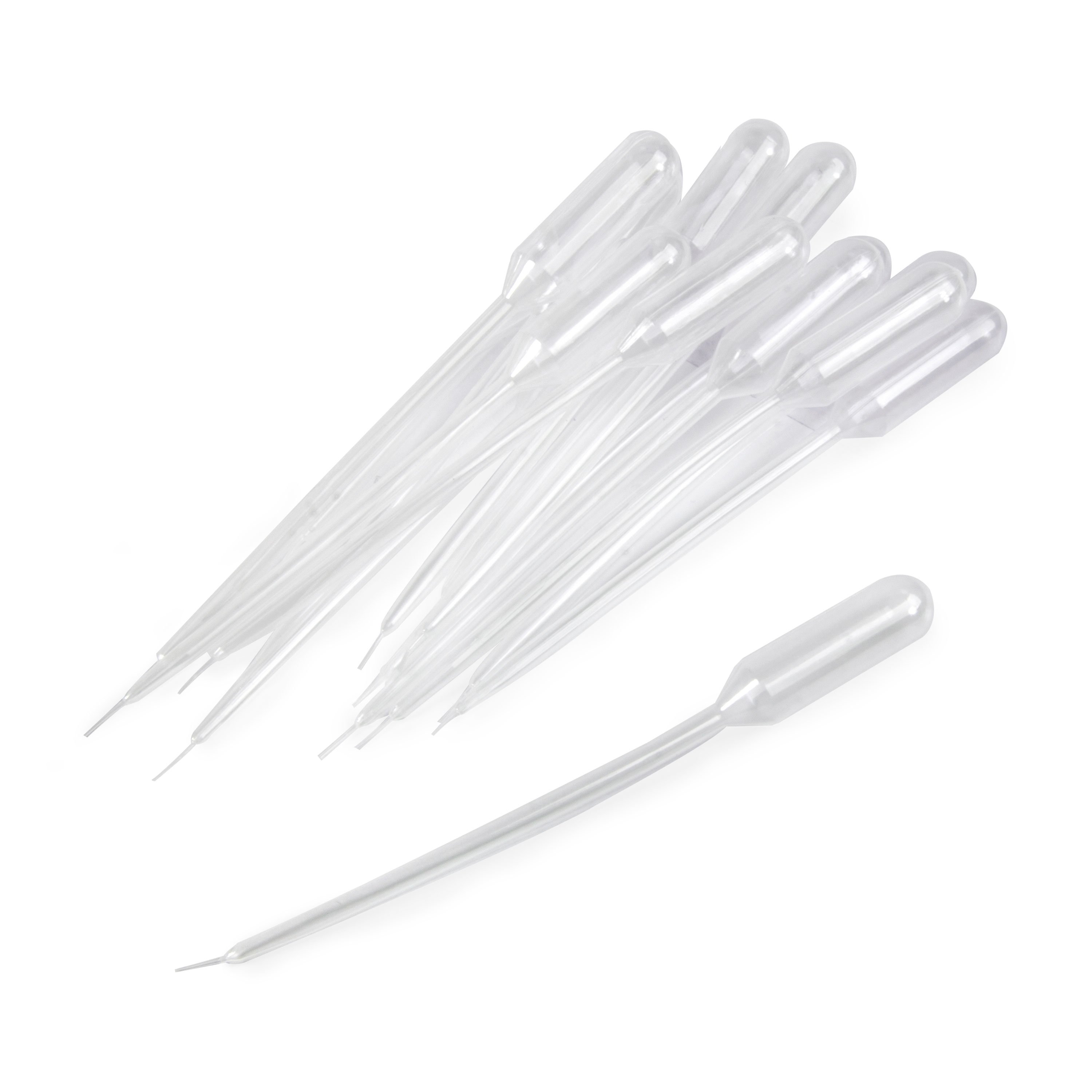A neat trick for drilling perfectly centered holes in guitar tuners
This tip is perfect for drilling guitar tuner knobs, and I’ll bet you’ll find other ways to use this idea. When plastic tuner knobs get really old, they eventually rot away. This happened to some tuners my friend Spencer Bohren sent me. One set was from his old Supro lap steel (I worked on that guitar in Trade Secrets #150). The other set dated all the way back to 1897, on Spencer’s Bruno parlor guitar. (Those 19th-Century knobs were probably made of celluloid.) These rotted old buttons are starting to crack right off their shafts. Spencer asked me if I could replace them, and doing the job right involved a neat drilling trick I’d like to show you. I made a short video showing how I did this very common job. On the video, I worked on both sets of tuners; here I’m working on the Supro tuners only. Our vintage 3-on-a-plate tuners are a direct replacement. They’re an exact fit, and they work better than the originals did when new. But Spencer wanted to keep the old vintage tuners working, and I like a challenge, so I agreed to do this the hard way. Here we go... Fret cutters snip away the knobs, neat and clean. When you get close to the shaft, “nibble” until the last of the plastic comes free. Clean up the exposed shafts with a wire brush, then degrease them with naphtha. Just like the old Kluson knobs, our vintage replacement knobs have a rectangular hole. The tuner shaft is heated and pressed into this hole, melting its way in. The shaft is round, with a spear-shaped end. Fitting that round shaft into a slot-shaped hole is mighty tight, so I prefer to alter the hole for a better fit. I drill a round hole in the center of the rectangle. The shaft measures approximately .136"; I drill a smaller hole (.104") using a #37 drill-bit. The knobs go on easier, and since the hole is smaller than the shaft it’s still a snug fit. Drilling a hole exactly in the center of a rectangle is hard to do without this tip: a “centering stick” for positioning the knob exactly right below my drill press chuck. I slightly flattened one end of a length of 1/8" diameter hollow brass tubing by squeezing it in my nut and saddle vise. I filled the end with hot solder, and filed it until it fit the rectangular shape of the hole. I chucked this tube, with the knob on it, into my drill press. I lowered the knob into the nut/saddle vise and gripped it there, then lifted the drill chuck. This pulled the tube out, leaving the knob perfectly located for drilling. I put a drill into the chuck, and drilled the hole exactly on center. A piece of masking tape served as a depth stop marker. The hole is right on dead center. This knob will fit the shaft perfectly. I drilled six more knobs with this setup; that gave me one extra in case I mess up when installing them on the shafts. I heat the shaft with a Weller soldering iron. I've modified the gun’s tip by cutting its copper loop. The gun won’t heat unless this tip’s circuit is intact; when the two cut ends touch the shaft, the circuit is completed and the metal gets hot quickly. You can also use a regular soldering iron for heat, as long as it’s at least 30 watts. When the metal's hot, start the knob onto it by hand (be careful, I should’ve been wearing gloves). Then quickly get it into the vise and use it to squeeze the knob on. I have a scrap of aluminum channel in the vise to focus the pressure on the end of the shaft, sparing the sheet metal gear housing. You’ll feel the pressure give all of a sudden, as the knob slides home. Once the knobs are on, I run water-thin #10 super glue down the shaft to fill any gaps and make the joint even stronger. I use a pipette, but for better reach and a lighter flow of glue, I cut the pipette’s tip off and replace it with a whip tip. It’s surprising how sometimes a set of old Klusons will be shiny and clean even though the knobs are so rotten. With the new knobs, these tuners look nearly new — almost like this set of new Stew-Mac tuners. If this were my guitar, I’d use the smoother-working new ones because they tune more accurately.“Here’s a really neat trick for drilling perfectly centered holes.”

Brown, crumbly trouble.
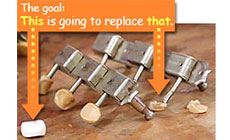
The easy way:
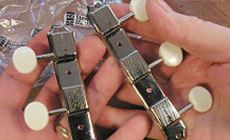
Bite off the old:
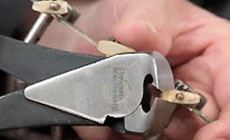
Click here to watch this video at stewmac.com

But it’s tricky.

Heat from a soldering gun.
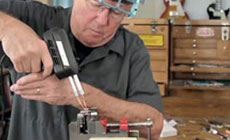
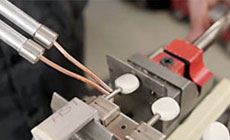
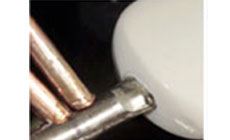
A little insurance.
